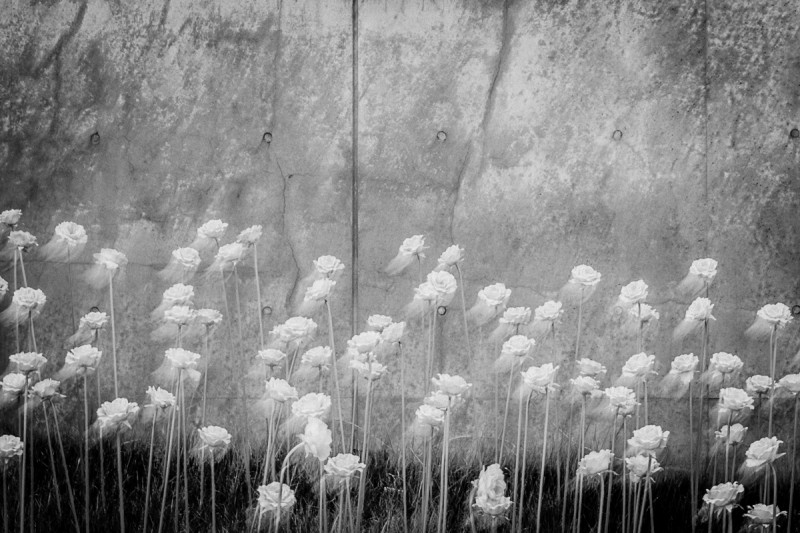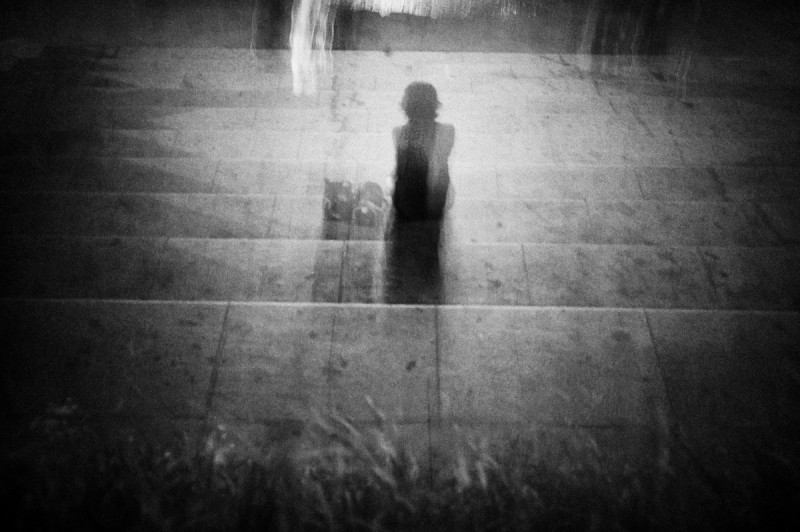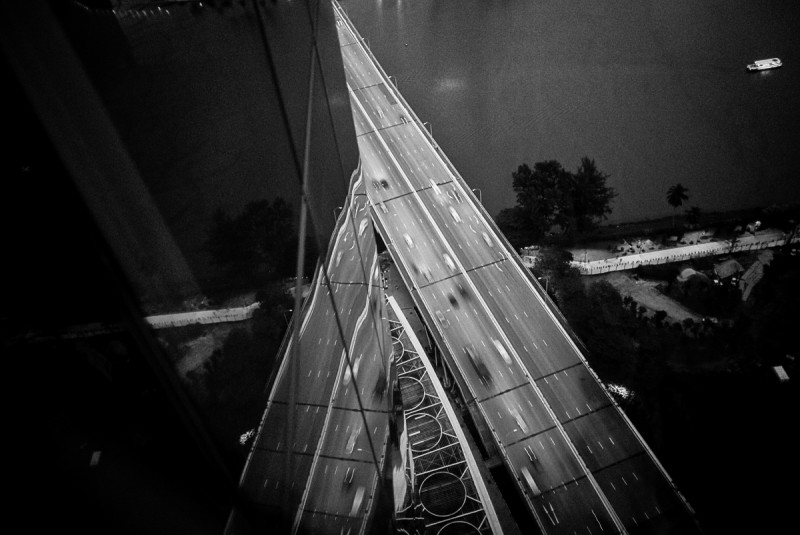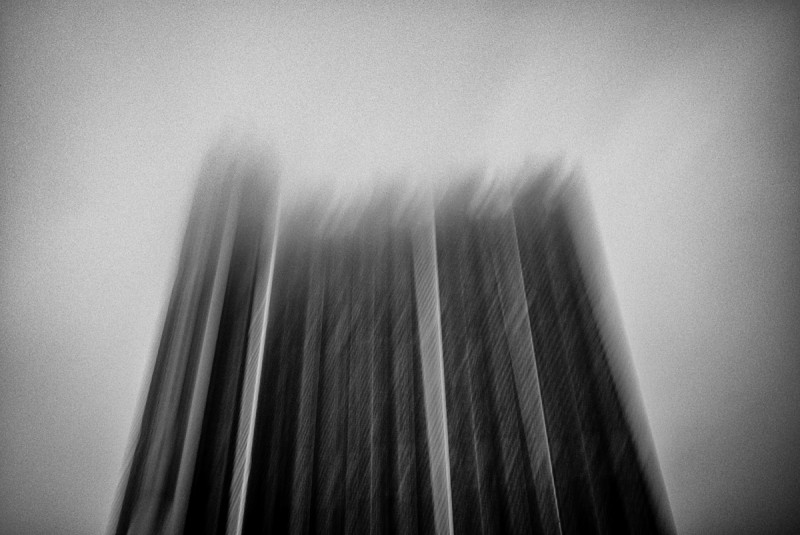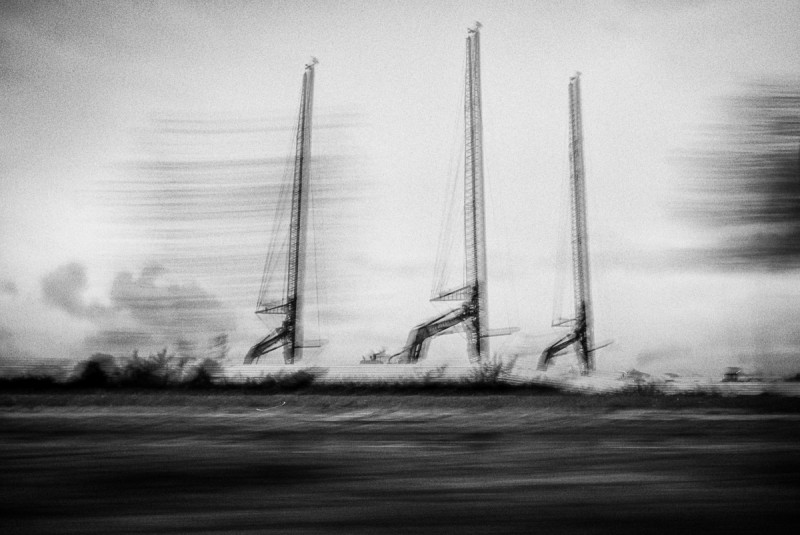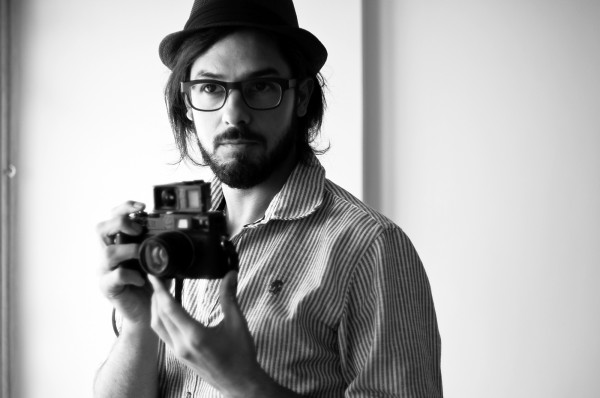Runners of the Future
Runners of the Future
Alexandre Dupeyron
February 14, 2020
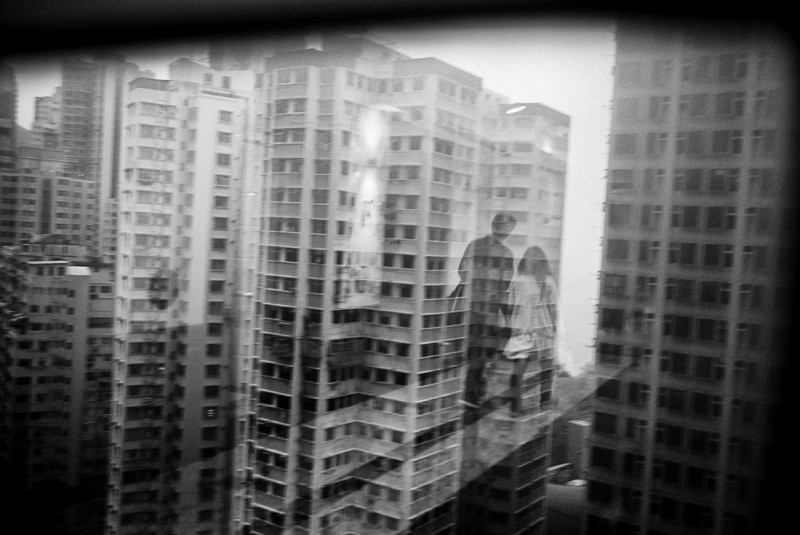
Alexandre Dupeyron: The majority of the world’s population now lives in urban areas, including megacities and suburban expansions with upwards of 10 million inhabitants. In 2010, I moved to Singapore and started working on ‘Runners of the Future’. The project repeatedly took me to Seoul, Hong Kong, Tokyo, Taipei, Shanghai, Beijing, Chong Chin, New York, Paris and London. While travelling between these fast moving cities, I came to realise that everything is gradually merging, that we seem to be headed towards an interconnected, global civilisation. Wherever I go, I seem to encounter the same airports, the same soundscapes. I always try to both embrace and question my surroundings. You could say that I’m capturing sketches of the world we live in – though they are blurred and imprecise, like the warped reflections of a funhouse mirror.
How would you describe your artistic process?
In this photo essay I create a fictional megacity, presented in the form of visual poetry – a tale that questions modern life and the position of mankind within a megalopolitan environment. I look for symbols and try to stay as close to my own feelings as possible, as I conjure up a dystopian world that is metaphorical for a generic urban space. The camera enables me to take what I see and transform it into a visual narrative of my own design: my aim is to present viewers with a suggestion of a story that can be individually interpreted, whether this is on the basis of reality or in the form of a fictional projection.
Most of your images are blurred – they seem to be evocative impressions, rather than accurate depictions of reality...
Photography helps me not to define, but to perceive the world around me; not to explain, but to suggest; not to show, but to imply. I consciously omit certain details in order to focus the viewer’s attention on the central issue and my own associated feelings. I’m looking for the universal rather than the singular. Each image is meant to be an interstice, which – in a landscape that is very much defined and organised – provides an experience of disorientation, of bewilderment. When exploring any megalopolis, I move at the same pace as the crowd and allow myself to be carried by the invisible force that drives it – it’s almost like being perched on a creature’s back and being swayed by the movements of its spine. Through the lens, I then try to capture ‘the other side of the mirror’, which for me boils down to one word: solitude.
Which cameras did you use, and why?
I worked with Leica M6, M8, M9 and MP. The M6 with a Kodak Tri-X will always be a firm favourite, but the digital M models are usually my tools of choice for anything from assignments to personal work. Leica M give me a lot of freedom. It was with the Leica M that I developed my rendition style, as M lenses are unique in their ability to retain a degree of sharpness within motion blur. Although I consciously seek out the arbitrary, I also like to master photographic techniques. Shooting in the street is like a dance: I try to synchronise and interlink myself with the world around me; then I focus my lens on a fixed point and balance whilst in motion – freeze-framing visual impulses in line with my own rhythm. The aim is to create a perfect symbiosis between my internal world and the one that surrounds me.
Does your work have any political connotations?
Infrastructure such as roads, pedestrian paths, railway tracks, bicycle lanes, pipes and fibre-optic cables, are all designed to enhance mobility and communication across a society. They are ways of connecting people and goods, knowledge and innovation, cities and regions. While they do enable local and global growth, they are also associated with an array of negative effects and complex dilemmas. We need to think about the world we want to live in, and the world we want to pass on to the next generation. ‘Runners of the Future’ is neither documentary nor fiction, but rather a way of questioning our way of life and, perhaps, a silent warning.
Alexandre Dupeyron+-
Alexandre Dupeyron (b. 1983) discovered his love for photography at a young age, initially developing his images in an improvised darkroom. However, it was only after completing a communications degree that he chose to devote himself to photography full-time. His first documentary project, a visual investigation of the Darfur genocide, was published in numerous French newspapers and exhibited at the World Centre for Peace in Verdun in 2006/2007 with the support of the UNHCR. In addition to assignments for international press publications, Dupeyron pursues independent projects with a penchant for poetic, often movement-based, renditions in black and white. More


